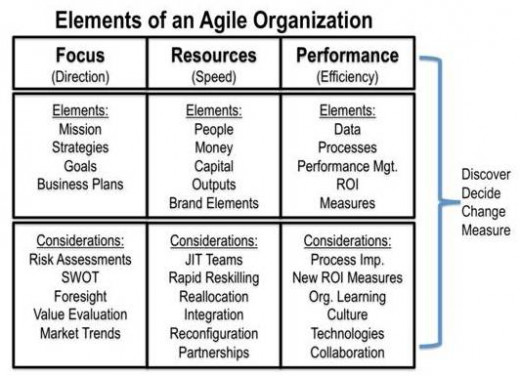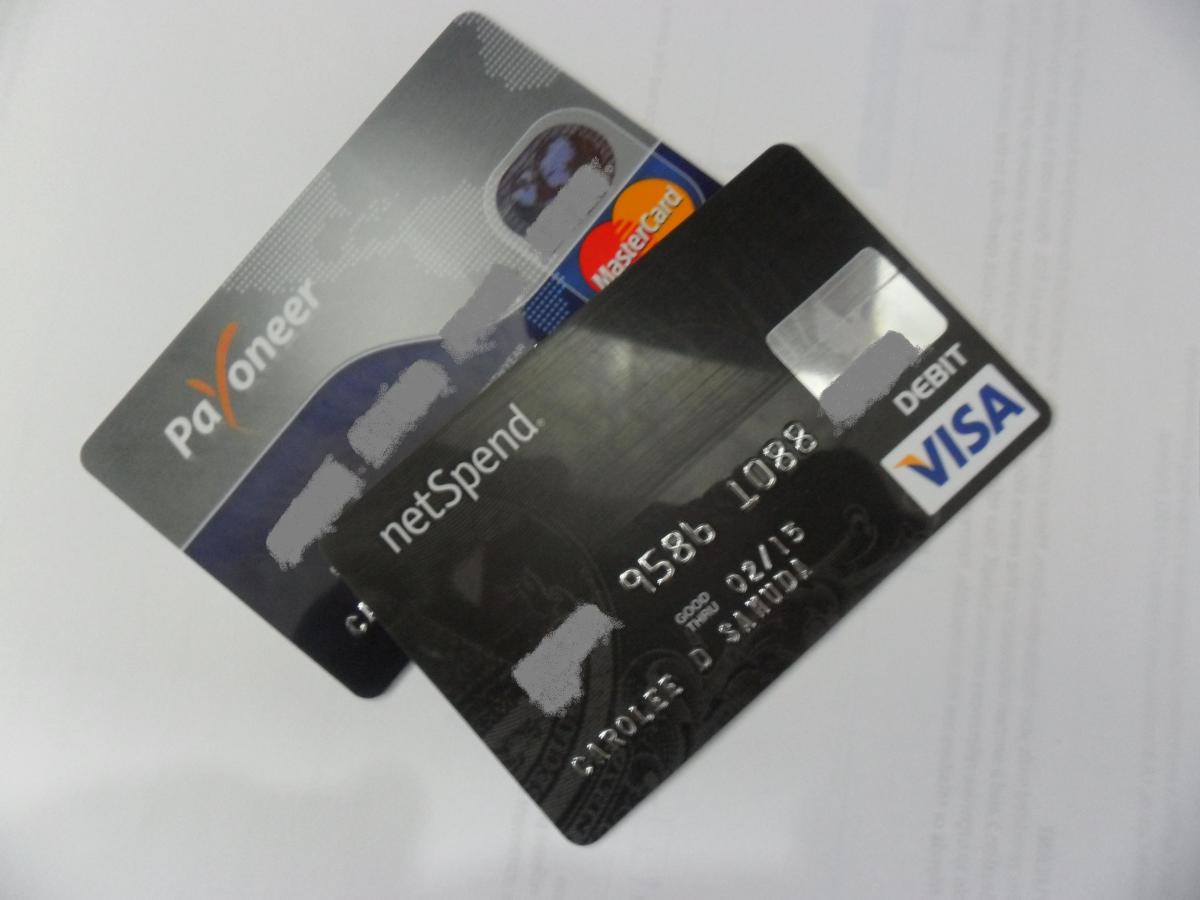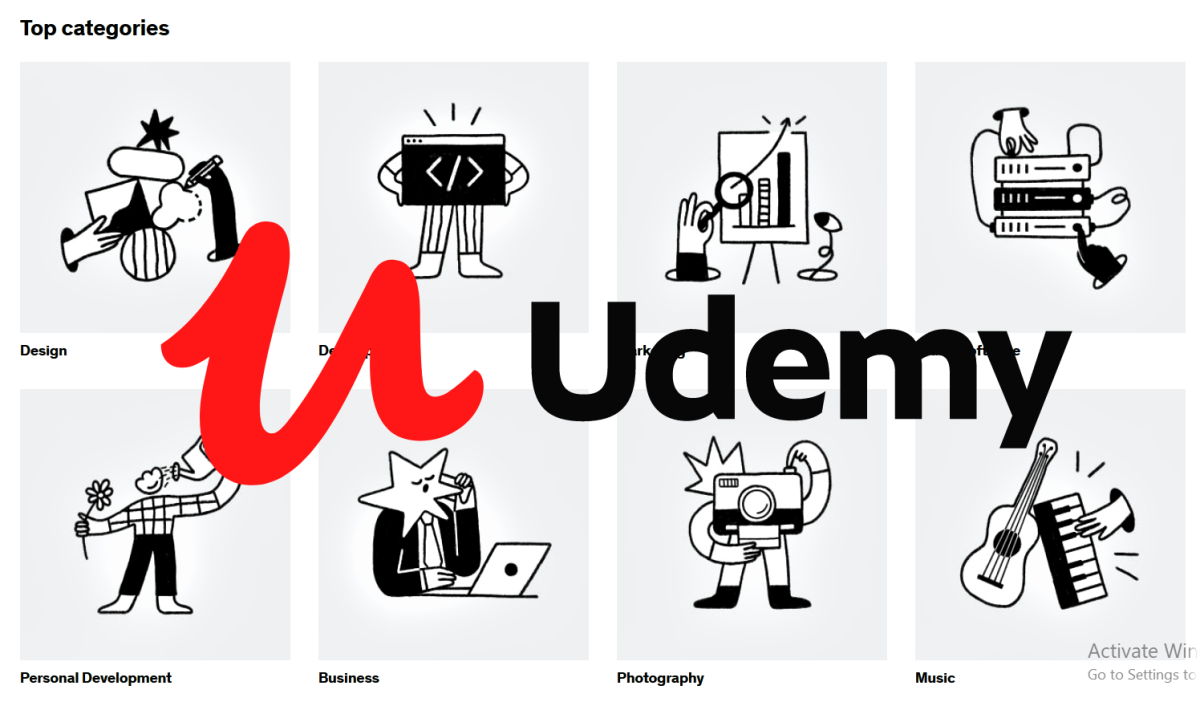Sinclair Management and Organizational Behavior:Summary of Organizational Agility

Organizational Agility is “the capability of a company to rapidly change or adapt in response to changes in the market” (BusinessDictionary.com ). An organization with a high level of organizational agility is able to “react successfully to the emergence of new competitors, the development of new industry-changing technologies, or sudden shifts in overall market conditions” (BusinessDictionary.com ).
A strategic alliance is a “formal relationship created among independent organizations with the purpose of join pursuit of mutual goals” (Bateman and Snell 321). When creating strategic alliances, organizations have to weigh the different advantages and disadvantages against each other to discover if a strategic alliance is the correct move for the organization. Some advantages of a strategic alliance are: the development of new technologies, ability to “move ahead faster and more efficiently” (Bateman and Snell 321), improved customer service, the ability to fill gaps in technical expertise or knowledge of local market, ability to leverage assets, allows for join research efforts, and/or “direct combined competitive energies toward defeating mutual rivals” (Ellay). Some disadvantages of a strategic alliance are: the loss of complete control, the requirement of compromise, having to consult with another organization on decisions, possible language and cultural barriers, clash of egos, and/or becoming too dependent on another organization.
There are different advantages and disadvantages associated with an organic structure and a mechanistic organization. An organic structure is “an organizational form that emphasizes flexibility” (Bateman and Snell 318). A mechanistic organization is a “form of organization that seeks to maximize internal efficiency” (Bateman and Snell 318). The advantages of having an organic structure are: flexibility, the organization is responsive and quick to make changes, ability to cope with a changing environment, and/or use of creativity and imagination when dealing with problems. The disadvantages of using an organic structure are: a lack of set boundaries, lack of motivation, unproductive directives, ineffective leadership, and/or communication barriers. The advantages of a mechanistic organization are: “roles and procedures are precisely defined” (Jang), stable and secure work environment, clear lines of communication, predictable, “machine-like efficiency” (Jang), and/or efficient and predictable. The disadvantages of a mechanistic organization are: not much room for creativity and innovation, lack of motivation, complicated, centralized decision making, and/or a lack of employee job satisfaction
To meet customers’ needs and/or wants a company needs to incorporate customer relationship management also known as CRM. CRM is “a multifaceted process focusing on creating a two-way exchange with customers to foster intimate knowledge of their needs, wants, and buying patterns” (Bateman and Snell 330). A company can use CRM by using cell phone application to track consumer’s locations or social networking to measure what topics the chat about” (Bateman and Snell 330). Another example of CRM is the use of software called the Greenhouse; this software is used to invite customers into conversations about new products. Another way companies can organize to meet customers' needs and/or wants is called total quality management or TQM. TQM is “an integrative approach to management that supports the attainment of customer satisfaction through a wide variety of tools and techniques that result in high-quality goods and services” (Bateman and Snell 332). TQM is used to reorientate managers towards involving employees from different departments in meeting the needs of an organization’s customers. When TQM is used, a company normally ends up functioning in a team oriented manner.
There are three different types of configuration around technology. Technology is “the systematic application of scientific knowledge to a new product, process, or service” (Bateman and Snell 336). The first configuration is called a small batch; this is when technology is used to produce goods and services in low volumes. Companies that use small batch tend to be very organic organizations with very few rules and/or procedures. The second configuration is called a large batch or mass production; this is when technology is used to produce goods and services in high volume. Companies that use large batch tend to be more standardized; the company is set up so that a machine creates the goods so that each product is identical.
Time-based competition or TBC is “strategies aimed at reducing the total time needed to deliver a good or service” (Bateman and Snell 340). There are three types of TBC that allow a company to organize for speed. The first is called logistics; this is “the movement of the right goods to the right place at the right time” (Bateman and Snell 340). This is when companies tag their products with the use of a radio frequency identification tag; this allows a company to know where their products are and when their supplies will arrive. The next type of speed organization is called just-in-time or JIT; JIT is “a system that calls for subassemblies and components to be manufactured in very small lots and delivered to the next stage of production process just as they are needed” (Bateman and Snell 341). When a company decides to implement a just-in-time philosophy, they focus on the elimination of waste, perfect quality, reduced time cycles, employee involvement, and value-added manufacturing. The last type of speed organization is called concurrent engineering. Concurrent engineering is “a design approach in which all relevant functions cooperate jointly and continually in a maximum effort aimed at producing high-quality products that meet customers’ needs” (Bateman and Snell 342). When concurrent engineering is used, a company incorporates the issues and perspectives of customers and suppliers from the beginning of the production process; the result is a higher quality product that has been designed for efficient manufacturing and a customer needs.
Works Cited
Bateman, Thomas and Scott Snell. Management 2150: Management and Organizational Behavior. New York: McGraw-Hill Irwin, 2013.
|
|---|
BusinessDictionary.com . 2013. 21 February 2013.
|
Chapo, Richard. strategic alliance advantage disadvantage. 29 June 2012. 21 February 2013.
|
Ellay, Ko. Stategic Advantage and Disadvantage. 20 May 2009. 21 February 2013.
|
Jang, Cassey. Organizational Design: Mechanistic vs Organic Organization. 28 June 2011. 21 February 2013.
|








